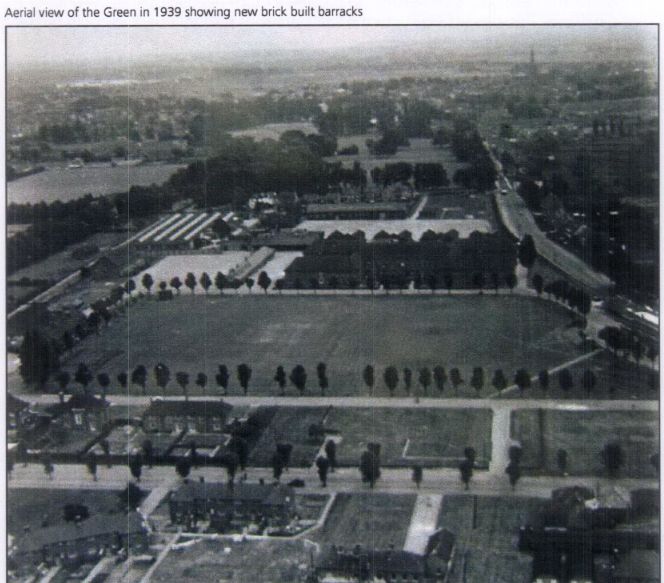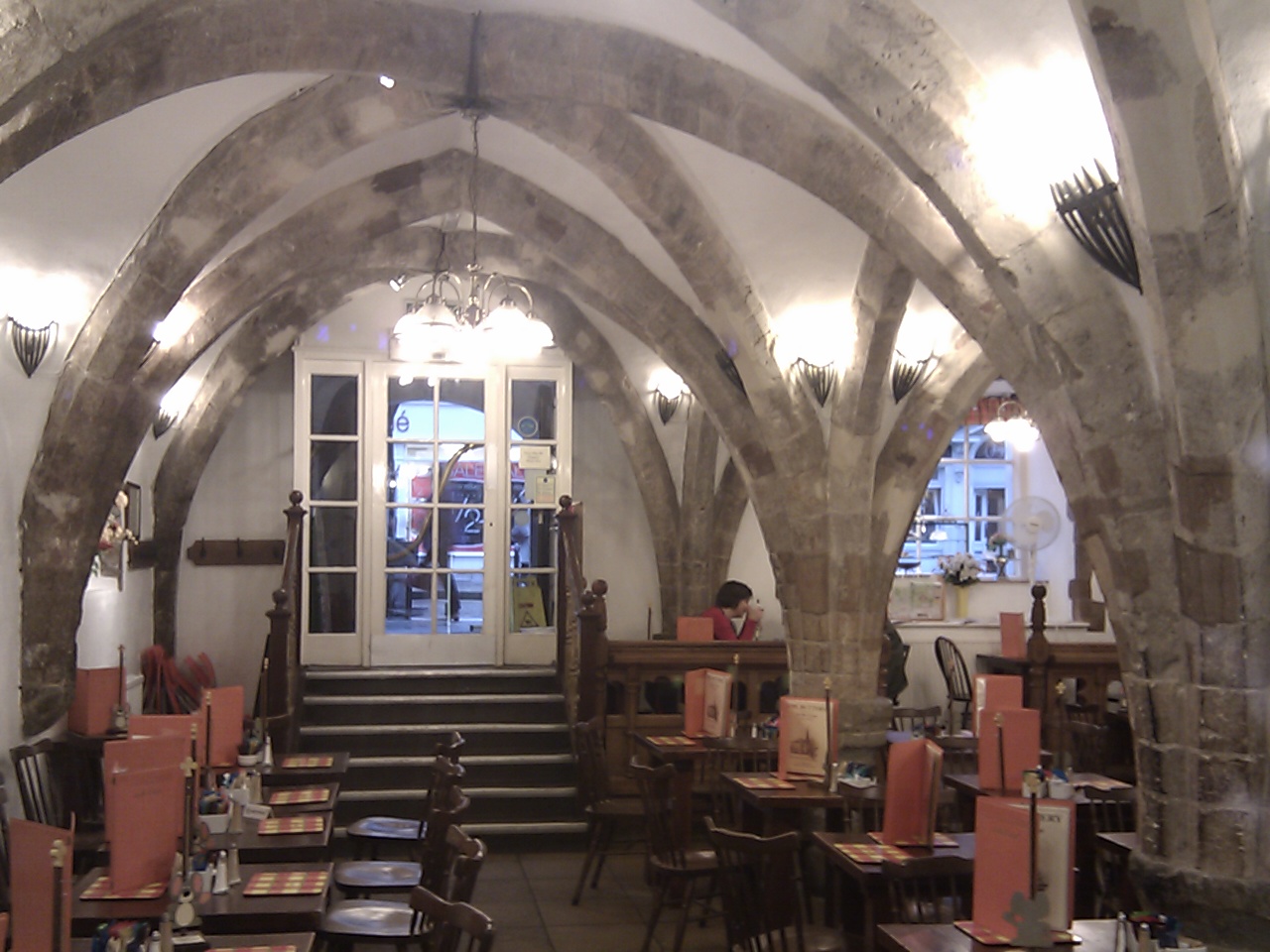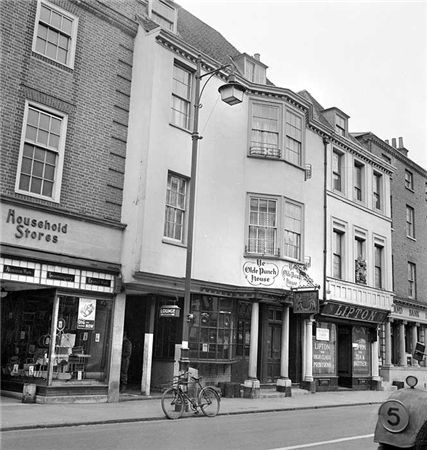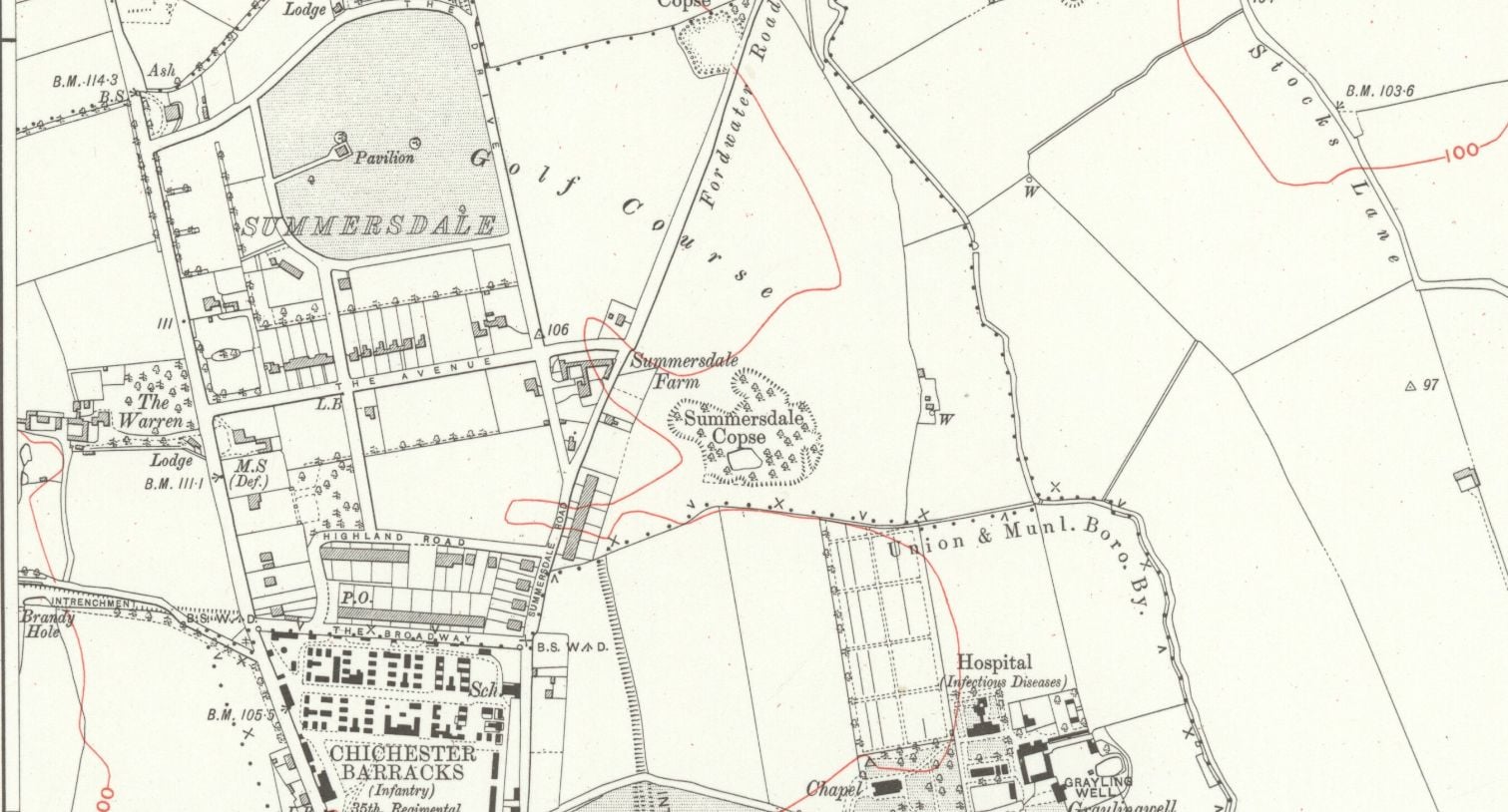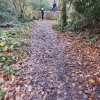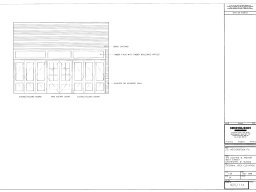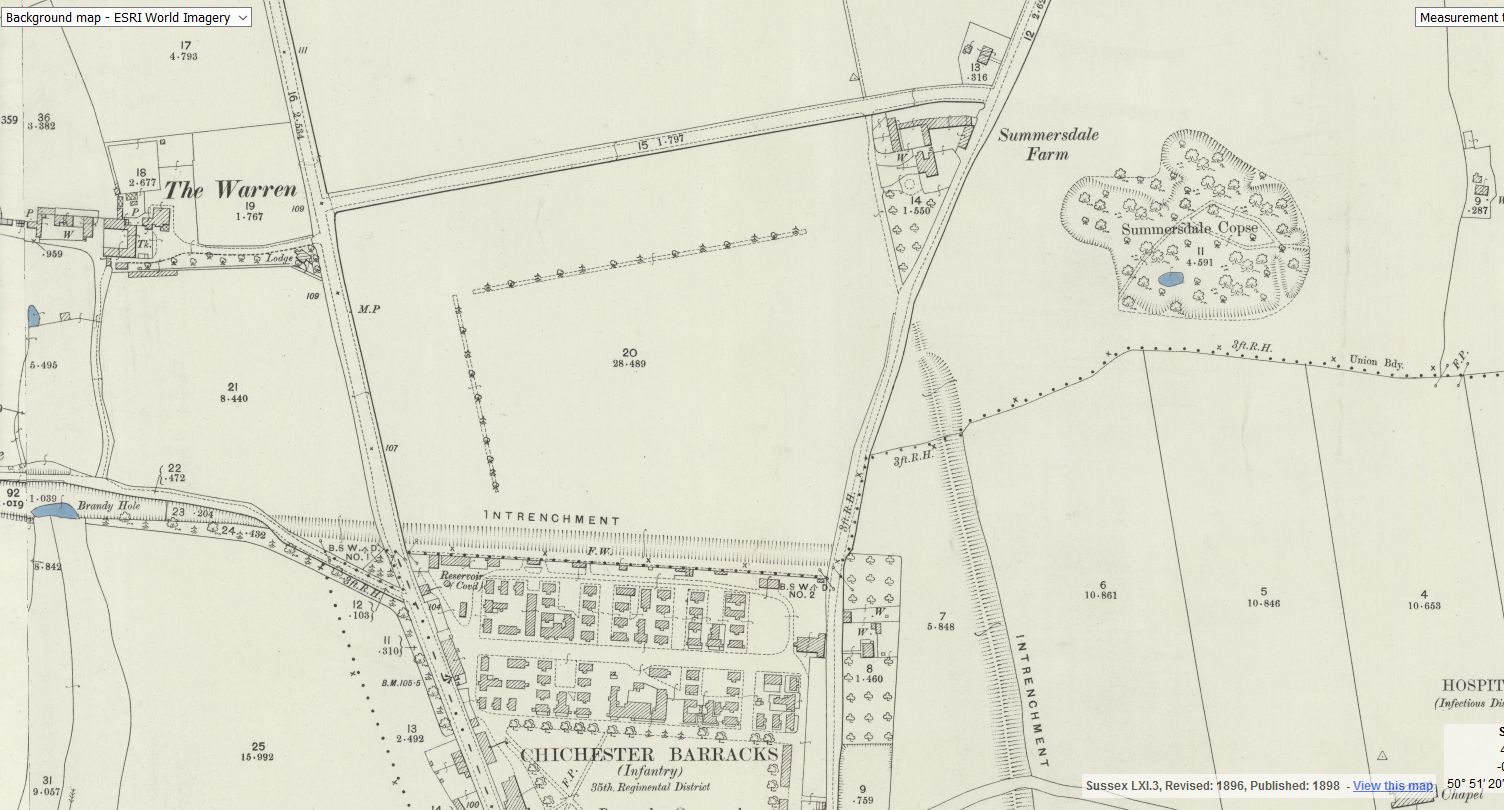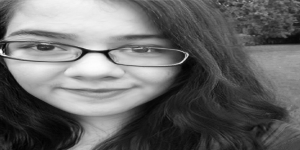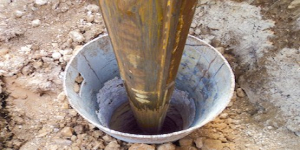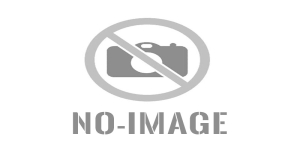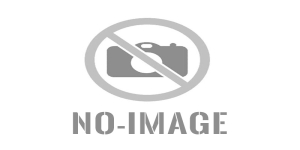One of the most common questions I’m asked about Peterborough’s history is whether there are any tunnels under the city. Local legends say that there is a tunnel stretching from the Cathedral to Monk’s Cave at Longthorpe. Similar tunnels are alleged to stretch from the Cathedral to the abbeys at Thorney or Crowland.
These are familiar myths in many historic cities across the UK, mostly urban legends based on half remembrances of sewers, cellars or crawlspaces, coupled with wishful thinking and rumour.
The stories of tunnels from Peterborough to
Thorney or Crowland are wildly improbable as the latter places were too far away.
They were also Fenland islands, so any medieval tunnel would have been underwater!
The persistent story of a tunnel from the Cathedral to Monk’s Cave can also be ruled out, not only because of distance and geology, but because the cave is a later creation. Rather than being medieval it is an 18 th century folly, an artificial cave excavated as a garden feature for the amusement of the gentry from Thorpe Hall to explore.
There is a tunnel of sorts under the Cathedral, perhaps the origin of some of these stories.
It stretches about 50 metres, from the south aisle to the south transept, and was excavated in the 1880s.
At that time, the main tower of the Cathedral was in danger of collapse, so was disassembled, underpinned and then painstakingly reconstructed. During these works the Victorian engineers uncovered foundations of the 10th century Saxon church underneath and left a tunnel for the curious to be able to view these remains. Sadly, for both safety reasons and the conservation of the remains, this tunnel is not open to visitors.
Archaeologists now think that the remains in this tunnel may be more significant than previously thought, identifying some of the stonework as being distinctively Roman. A carving in the south transept traditionally thought to be Anglo-Saxon and nicknamed the ‘Dancing Bishops’, is now identified as being Roman, possibly representing the Fates. An archaeological dig that took place in the Precincts last summer uncovered large amounts of Roman pottery. As such we can be confident there was a Roman building, possibly a temple, where the Cathedral is today, making the site much older than previously thought.
For more details on both events visit www.peterborough- cathedral.org.uk.
